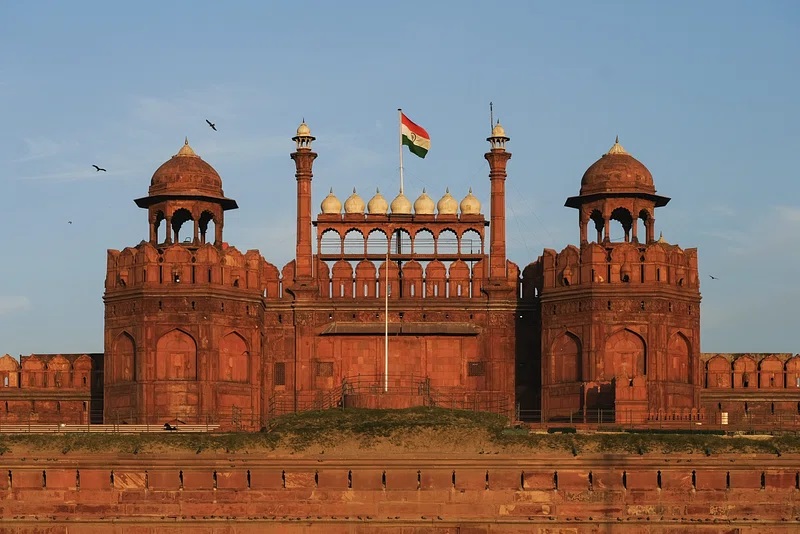India, the seventh-largest country in the world, is a land of diverse cultures, languages, and traditions. But did you know that this vast nation goes by two distinct names – India and Bharat? This dual nomenclature has historical, cultural, and constitutional significance, and understanding the origins and implications of these names can shed light on the rich tapestry of this nation.
The Historical Perspective
The names “India” and “Bharat” have deep-rooted historical origins. “India” is a name that has been used for centuries and finds its roots in the word “Indus,” which refers to the Indus River, one of the world’s oldest and most important river systems. The Indus Valley Civilization, dating back to around 3300–1300 BCE, is one of the world’s earliest urban cultures and is believed to have thrived along the banks of this river. The name “India” was later adopted by foreign traders and travelers, leading to its widespread use.
On the other hand, “Bharat” is a name with ancient origins, rooted in Indian mythology and history. In Hindu scriptures like the Mahabharata and the Puranas, “Bharat” refers to the legendary emperor Bharata, an ancestor of the Pandavas. This name is symbolic of a time when the Indian subcontinent was united under one rule, signifying a golden age of unity and prosperity.
Constitutional Significance
The choice of name is not merely a matter of tradition; it also holds constitutional significance in India. The Constitution of India recognizes both names and mentions them in its preamble. It states that India, or Bharat, is a sovereign, socialist, secular, and democratic republic. This acknowledgment reflects the country’s commitment to its diverse cultural and historical heritage.
Language and Regional Variation
The use of these names also varies by language and region. In many Indian languages, the country is referred to as “Bharat” or similar variations. Hindi, one of India’s official languages, commonly uses the name “Bharat” to refer to the nation. In contrast, English and some other languages predominantly use the term “India.” This linguistic variation highlights the multicultural and multilingual nature of India.
Cultural Significance
The names “India” and “Bharat” are not just labels but also embody different aspects of Indian identity. “India” is often associated with the modern, cosmopolitan, and globalized aspects of the country. It signifies India’s emergence on the world stage as an economic and technological powerhouse. On the other hand, “Bharat” carries a more traditional and historical connotation, emphasizing the nation’s ancient culture, spirituality, and deep-rooted traditions.
The dual names of India – “India” and “Bharat” – reflect the nation’s complex and multifaceted identity. They are not mutually exclusive but rather complementary, representing the coexistence of modernity and tradition, diversity and unity, in this remarkable country. Whether one chooses to call it India or Bharat, it is a land of incredible diversity, rich history, and boundless potential, encapsulating the essence of a truly remarkable nation.


